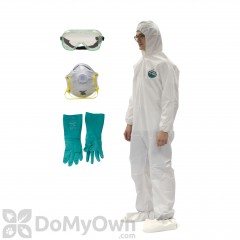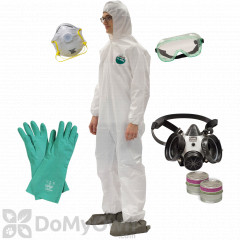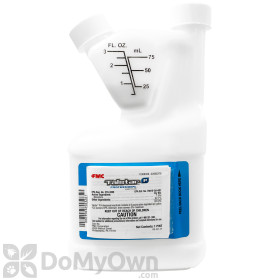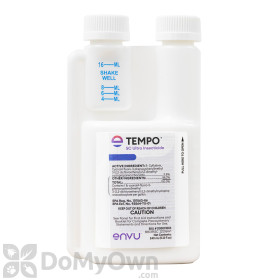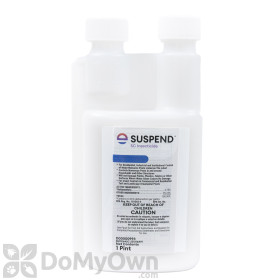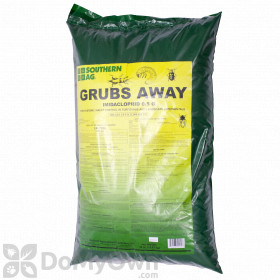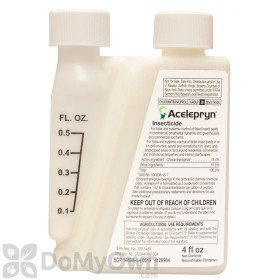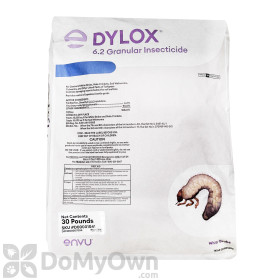Prevent Grubs During Their Early Life Stages
Control Adult Beetles
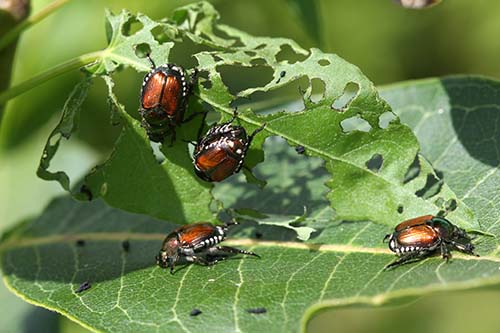
A synthetic pyrethroid product, such as Talstar P Professional Insecticide, is great for adult beetle control. Apply every 3-4 weeks during peak beetle seasons to maintain control.
Products needed for Step 1
Apply Preventative Treatments
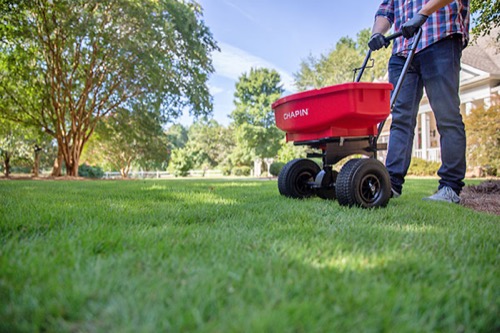
- Since most grubs hatch in July and early August, it is best to apply your preventative product in mid-June to mid-July, so it can be in the soil before the eggs hatch.
- Products labeled for white grub control containing imidacloprid, like Merit, are great for preventative control.
If you miss the timing for preventative applications, curative grub treatment products should be applied from mid-July to mid-August when grubs are hatching and active in the soil. See our Grub Treatment Guide for curative grub killer product recommendations and application details.

